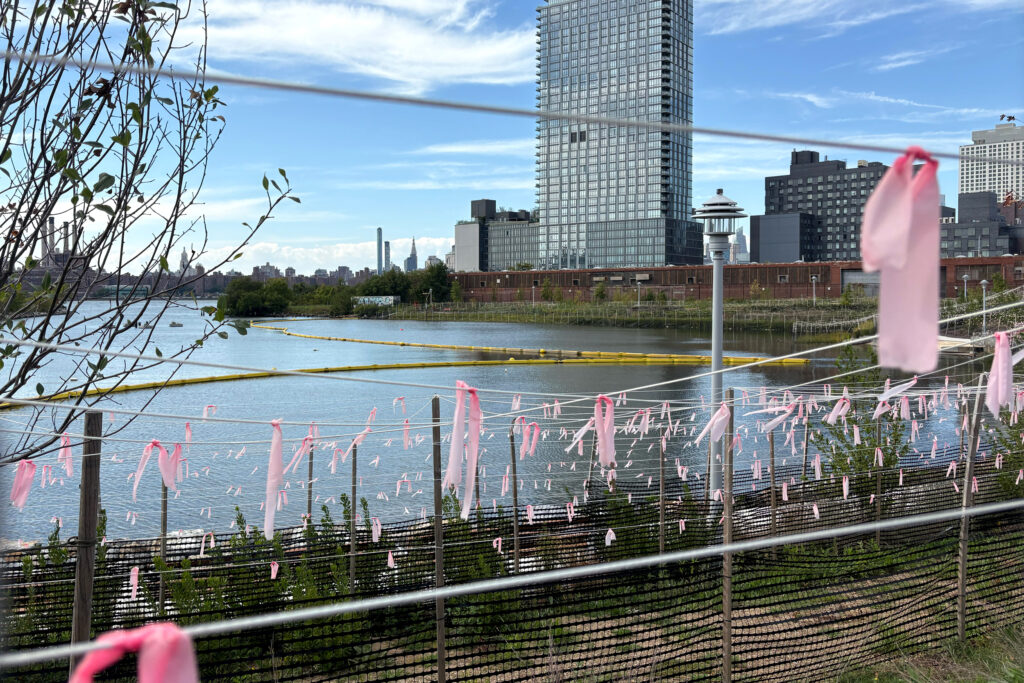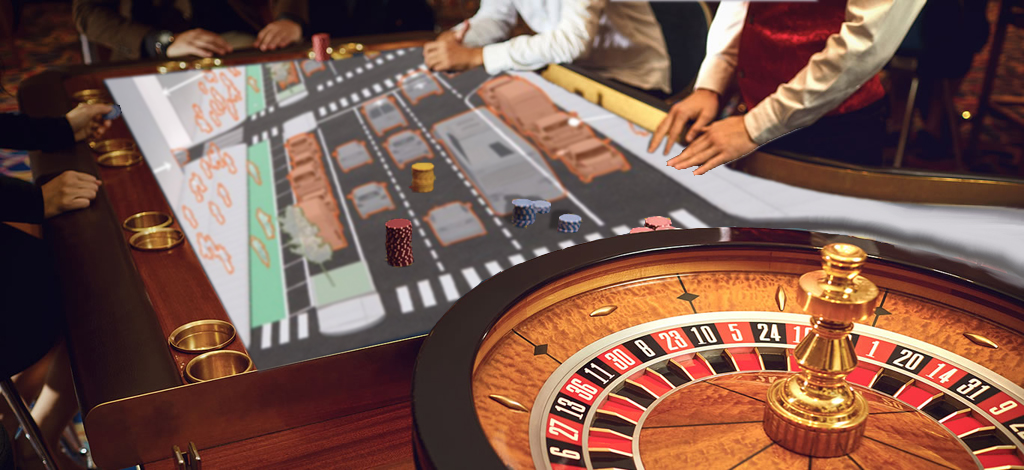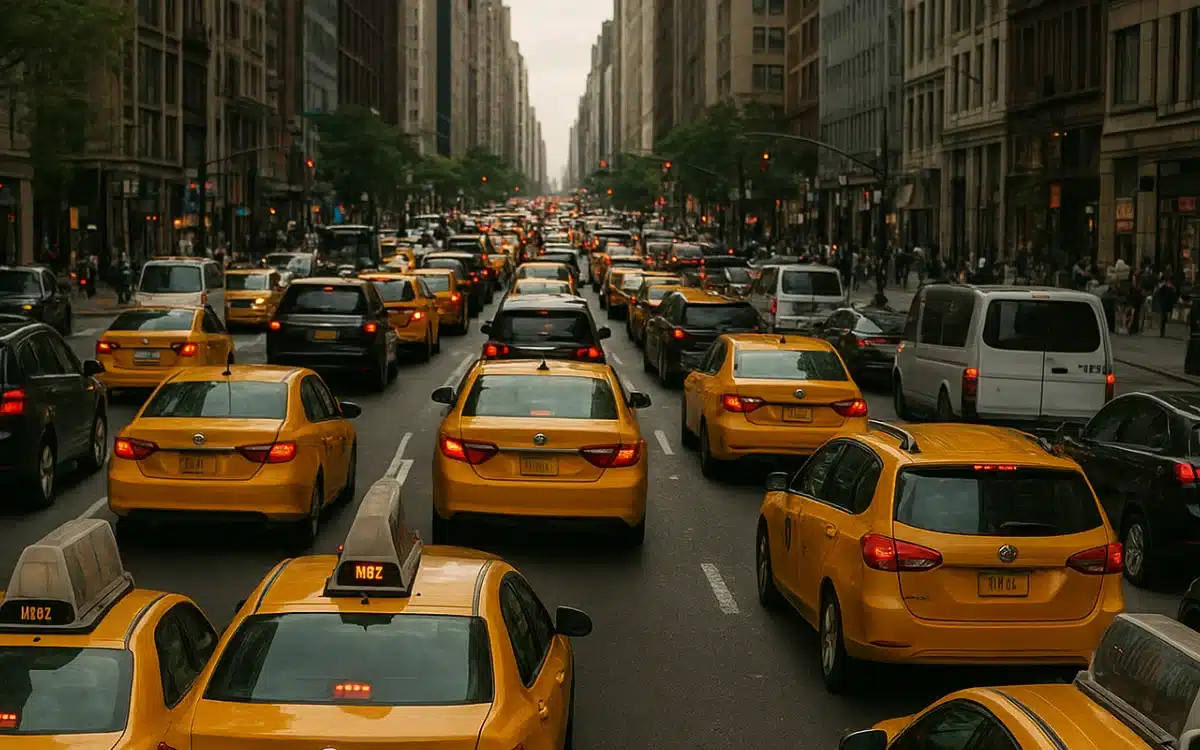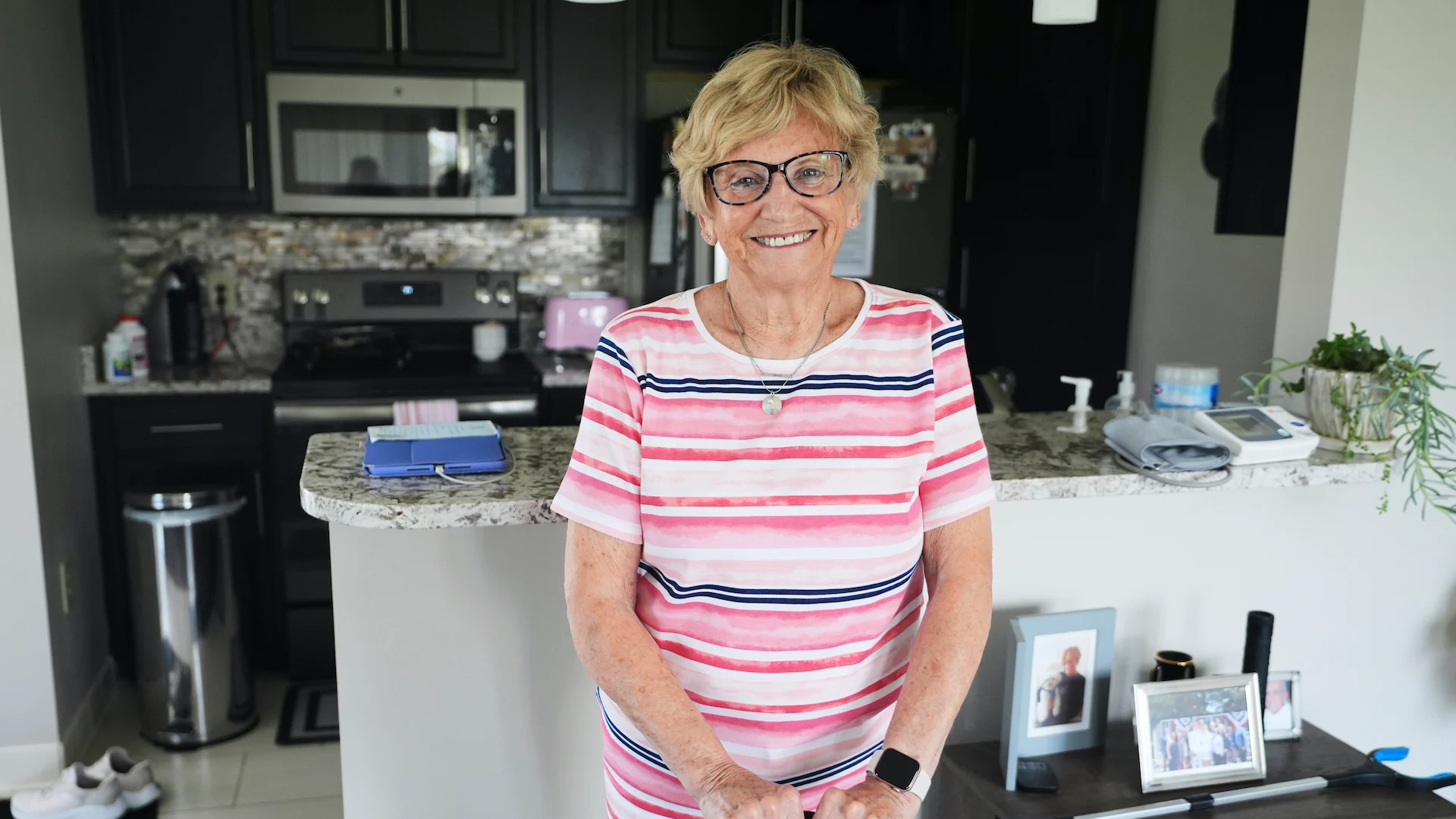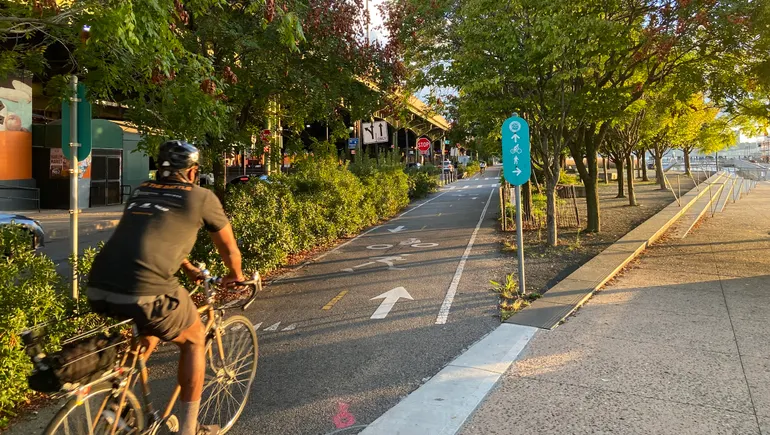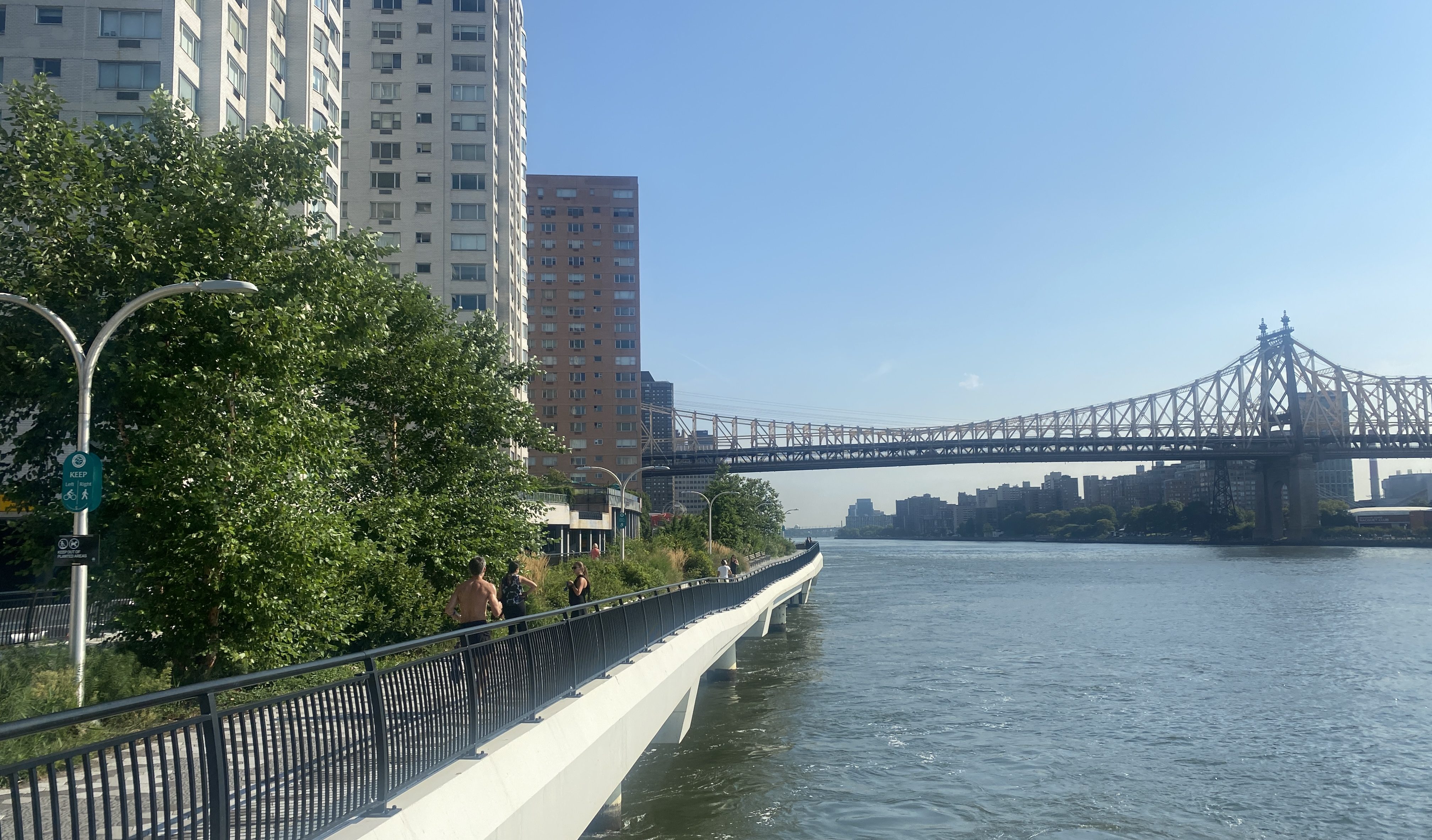fromwww.archdaily.com
3 days agoB.RED House / TOOB STUDIO
B.Red House is situated within an urban development governed by fixed planning regulations, where the latitude for architectural self-expression is narrowed by the imperative to maintain a unified overall appearance. The extended sameness across successive building masses has, perhaps inevitably, produced a sense of order bordering on monotonyan environment in which individual houses appear to share a common formal vocabulary.
Design

